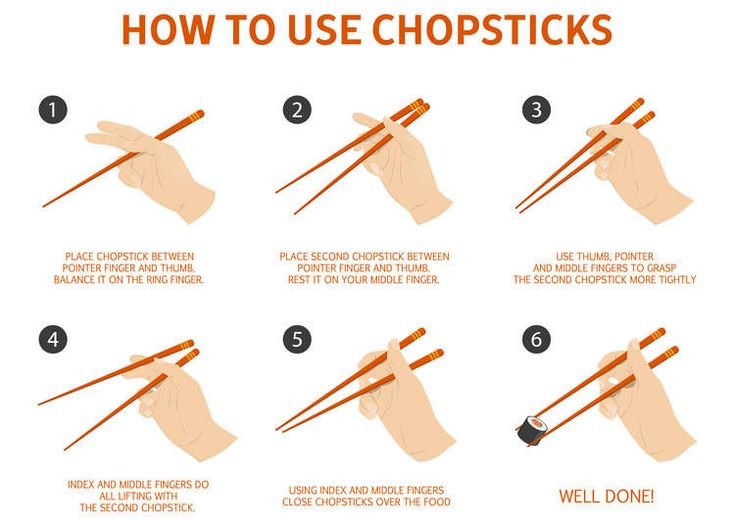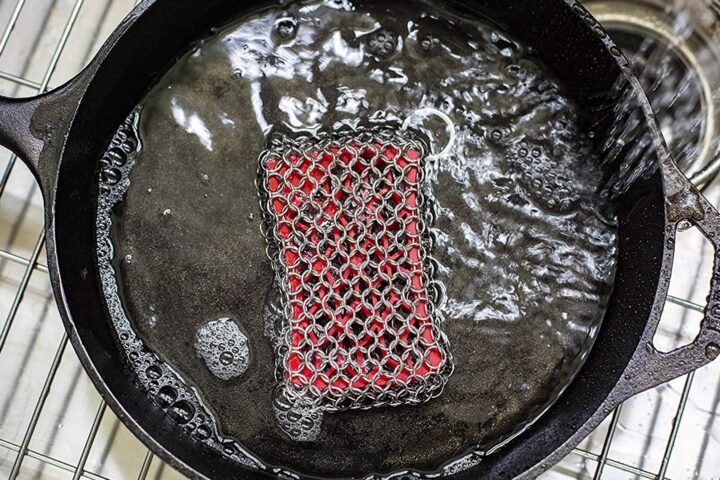Navigating the art of using chopsticks is a rite of passage for many who delve into Asian cuisines. This ancient dining tool, steeped in history and culture, offers a unique connection to the culinary traditions of the East. Mastering chopsticks can elevate your dining experience, allowing you to enjoy dishes as they were traditionally meant to be savored. This comprehensive guide is designed to demystify the process, ensuring that by the end, you’ll wield chopsticks with confidence and grace.
Understanding the Origins and Cultural Significance
Chopsticks are not merely utensils; they are extensions of a culture’s history and ethos. Their origin traces back to ancient China, over 3,000 years ago, before spreading across Asia to become integral to the cuisines of countries like Japan, Korea, and Vietnam. Each region has infused the chopstick with its unique essence, from the material to the etiquette surrounding its use. This historical journey from cooking tools to dining instruments highlights a deep respect for food and the act of eating. It emphasizes minimalism, precision, and a harmonious relationship between diner and dish. Acknowledging the cultural weight of chopsticks enriches the learning process, transforming a simple skill into a meaningful practice.
Selecting Your Chopsticks
The journey begins with choosing the right pair of chopsticks. They come in various materials—bamboo, wood, metal, and plastic—each offering different aesthetics and functionalities. For beginners, bamboo and wooden chopsticks are recommended due to their lightweight nature and slight texture, which provides better grip on food. The length and thickness can also affect usability; thus, selecting a pair that feels comfortable and balanced in your hand is crucial. While the choice of chopsticks might seem a minor detail, it can significantly impact your ability to master their use.
The Art of Holding Chopsticks: A Detailed Guide
Mastering the grip is the cornerstone of using chopsticks effectively. This section breaks down the process into manageable steps, designed to build your skill from the ground up.
- Initial Positioning: Start by holding one chopstick like a pencil, approximately a third of the way up from its tapered end. This chopstick rests against the crook of your thumb and is supported by the ring finger, remaining stationary throughout the meal.
- Introducing the Second Chopstick: Place the second chopstick parallel to the first, this time using your index and middle fingers for control. The thumb secures both chopsticks. This dynamic allows the second chopstick to move, while the first provides a stable base.
- Perfecting the Motion: Practice opening and closing the chopsticks, focusing on smooth, controlled movements. The tips should meet with precision. Begin with simple exercises, like picking up larger, non-slippery items, gradually moving to more challenging objects as your confidence grows.
- Real-World Application: Transition to real food items, starting with forgiving textures and shapes. Sushi rolls and dumplings offer a good starting point, with their compact form and cohesive nature. As you gain proficiency, you can experiment with a wider array of dishes, appreciating the versatility and finesse chopsticks offer.
Troubleshooting Common Challenges
New learners often encounter similar hurdles. A common issue is applying uneven pressure, causing the chopsticks to cross or not meet at the tips. This usually stems from holding the chopsticks too rigidly or too loosely. Adjusting your grip to ensure a balance between flexibility and control can remedy this. Another frequent challenge is difficulty with slippery or small items. This requires patience and practice, honing your dexterity and precision over time. Remember, mastering chopsticks is a journey, not a race.
Beyond the Basics: Etiquette and Advanced Techniques
As your skill with chopsticks improves, understanding the nuances of chopstick etiquette can deepen your appreciation for Asian dining cultures. For instance, avoid pointing with chopsticks, placing them upright in a bowl of rice, or passing food directly from chopstick to chopstick, as these actions can be disrespectful or invoke cultural taboos. On the technical side, learning to manipulate chopsticks for different types of food, such as using them to debone fish or pick up slippery noodles, can enhance your dining experience and show respect for the cuisine and its traditions.
Practice, Patience, and Persistence
The key to chopstick mastery lies in consistent practice. Integrate chopsticks into your regular dining routine, not just for Asian meals. This constant practice builds muscle memory, making the movements second nature. Celebrate the small victories along the way, from successfully picking up a single grain of rice to navigating a complex dish with ease. Each step forward is a testament to your dedication and respect for a rich cultural tradition.
Conclusion
Learning how to hold chopsticks is more than acquiring a new dining skill; it’s an invitation into the heart of Asian culture, offering a deeper connection to the food and its historical roots. This guide provides the foundation, but your journey is uniquely your own, shaped by practice, experiences, and the dishes you choose to explore. As you master the art of chopsticks, you’ll find not just proficiency in their use but a newfound appreciation for the nuances of Asian dining.





